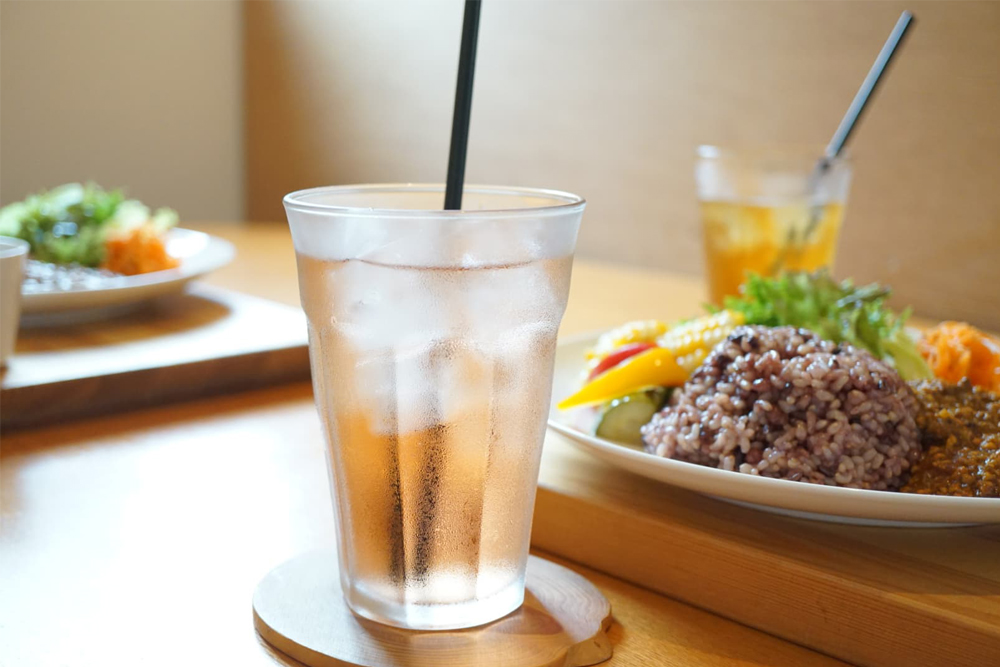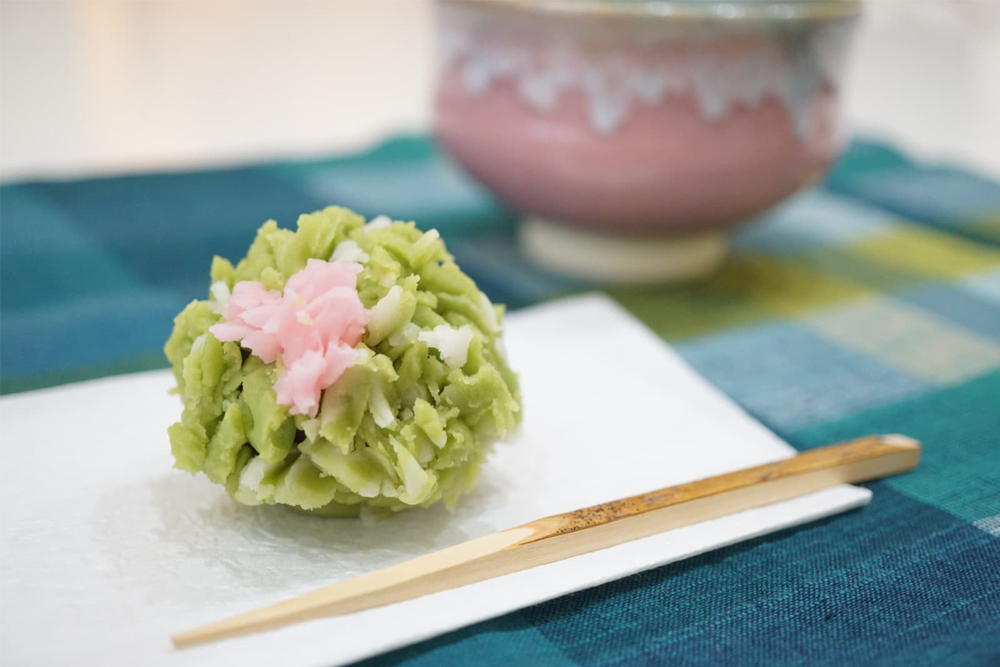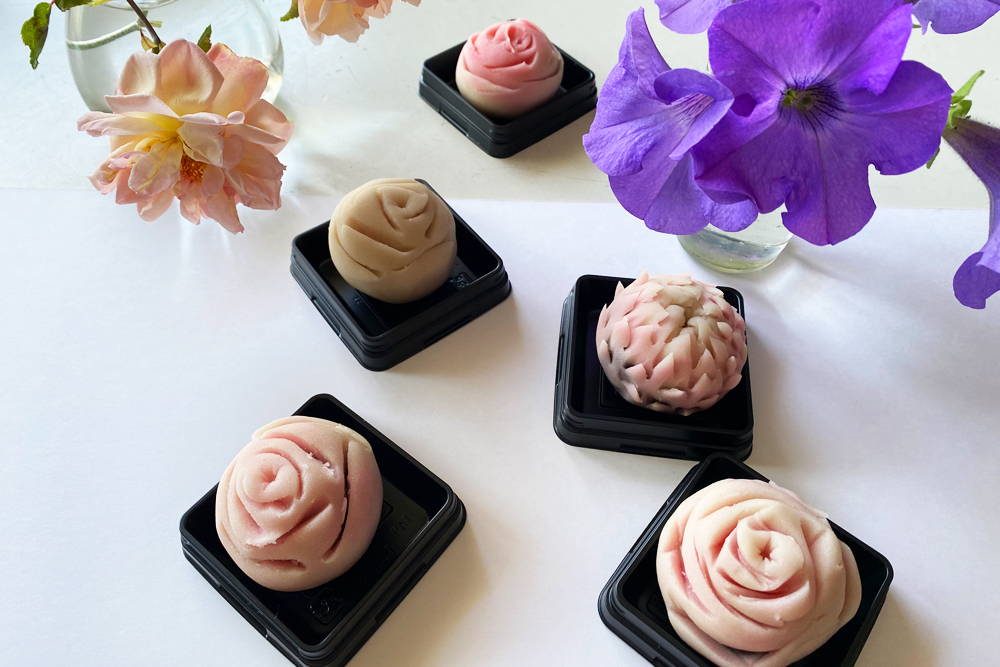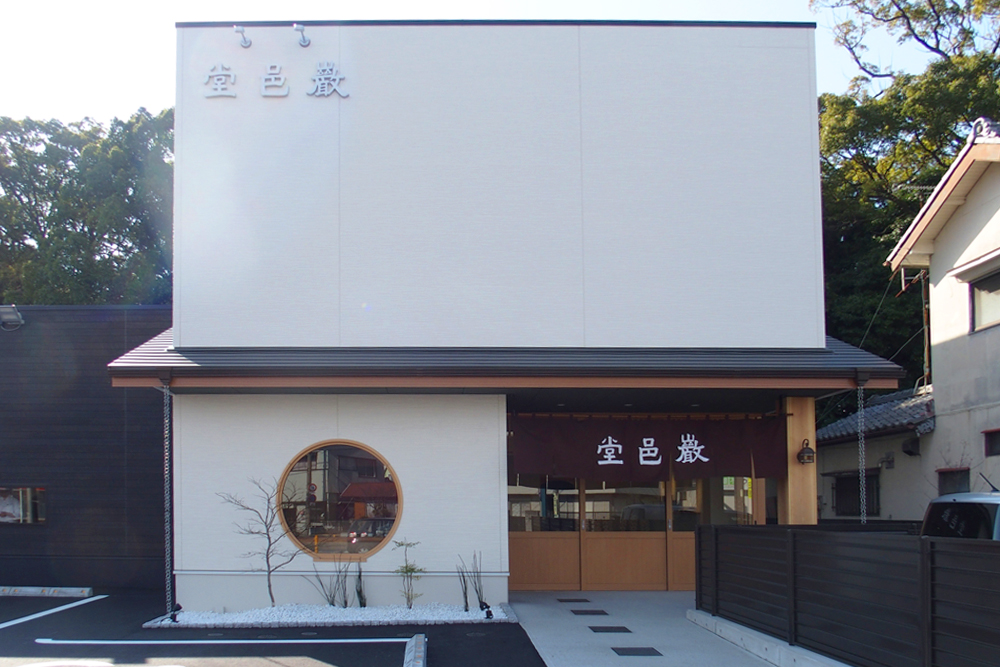Get to Know Hamamatsu
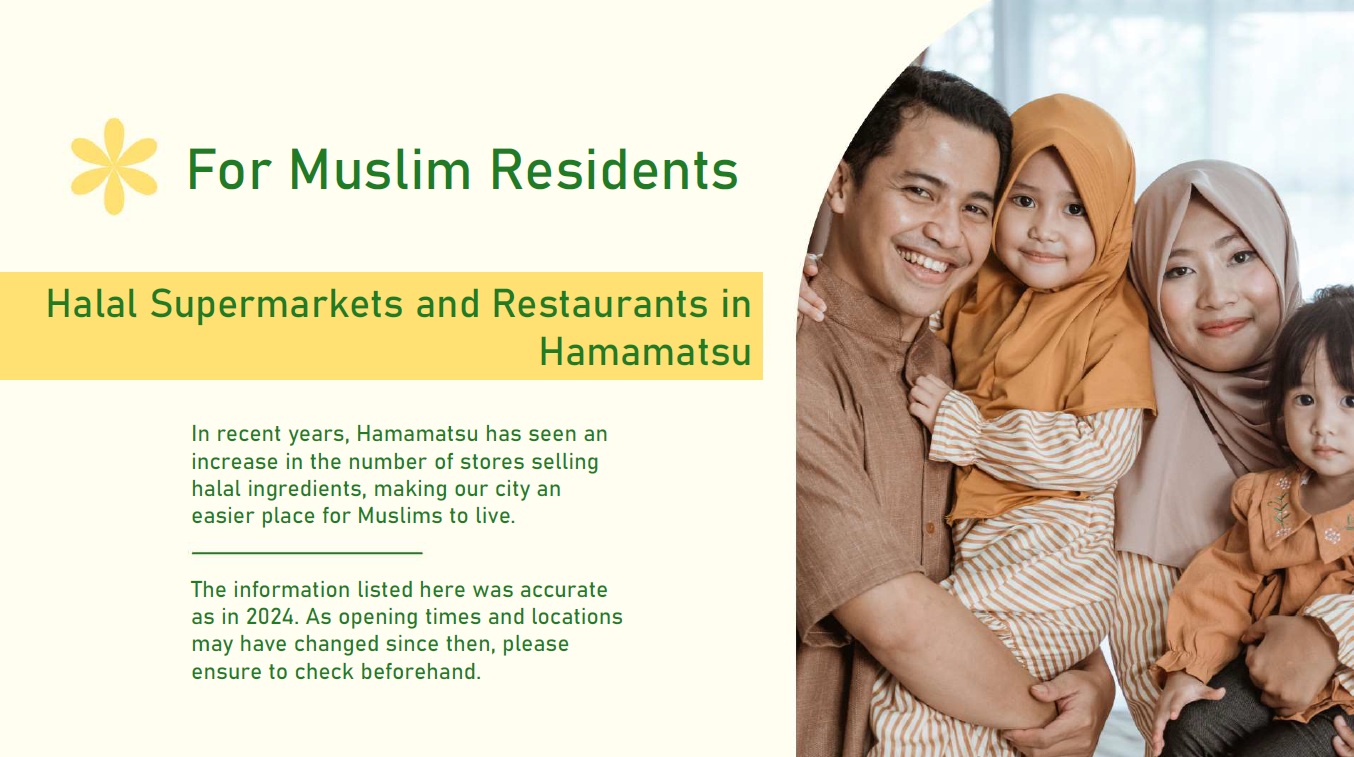
- Eat
- Buy
Hamamatsu City – A Comfortable and Welcoming City for Muslims!
Hamamatsu City in Shizuoka Prefecture is well known as a multicultural city, offering a comfortable and welcoming environment for Muslim residents and visitors alike…
Hamamatsu City in Shizuoka Prefecture is well known as a multicultural city, offering a comfortable and welcoming environment for Muslim residents and visitors alike. The city is home to a wide variety of halal-friendly supermarkets and restaurants, allowing Muslims to enjoy daily life without worrying about dietary restrictions.
For example, “Al-Hakim Halal Mart,” located near a mosque, is a popular destination for Muslims from countries such as Indonesia, Bangladesh, Malaysia, and Pakistan. It offers not only halal food ingredients and ready-made meals but also clothing, toothbrushes, and other daily necessities, all halal-certified.
“Matahari Café is a restaurant run by a Japanese chef who is married to an Indonesian woman, serves only halal dishes and provides prayer mats and a foot-washing area for Muslim guests, ensuring religious needs are respected.
About supermarkets
Other stores such as “Miyuki Halal Store,” “Amica,” and “Gyomu Super Hougawa Branch” also carry a wide range of halal products. These shops are especially popular among technical interns, international students, and local Muslim residents.
About restaurants
In the area around Hamamatsu Station, restaurants like “Sui-chan,” “Mega Kebab,” and “Matahari Café” offer authentic halal meals in convenient, central locations, making them easily accessible to both tourists and locals.
Some restaurants offer fully halal menus while also serving alcohol to accommodate non-Muslim guests, creating spaces for cultural exchange. Additionally, many establishments support multiple languages, including English, Indonesian, Urdu, and Arabic, helping customers feel at ease when shopping or dining.
Hamamatsu: A Welcoming Destination for Muslims
In summary, Hamamatsu City provides a wide range of halal food options, certified restaurants, multilingual support, and prayer-friendly environments. These features make it a truly “Muslim-friendly city,” attracting praise from both domestic and international visitors. Whether for travel or long-term stay, Hamamatsu is an appealing and welcoming destination for Muslims.
▼Hamamatsu Intercultural Portal Site. Click the image for more information.

